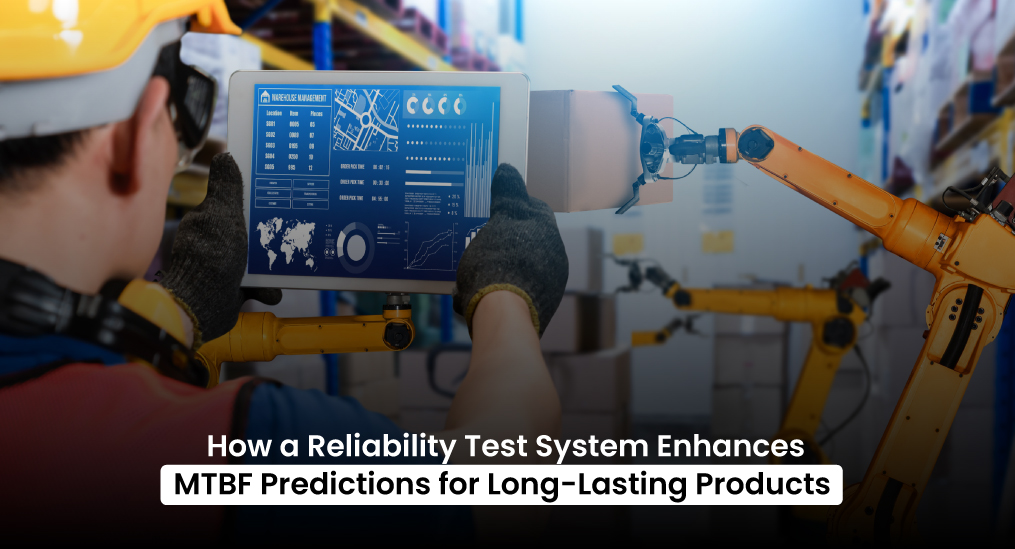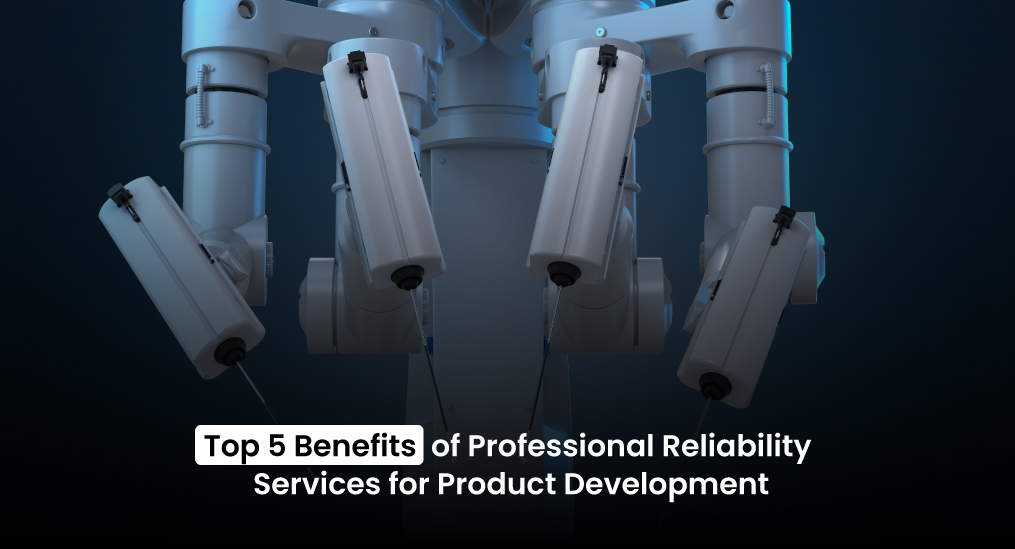Reliability testing evaluates a product’s ability, particularly software, to function as expected under specific environmental conditions. Among the key methods of reliability testing, this process plays a crucial role in helping engineers uncover issues in software design and functionality. In turn, this ensures that the system can withstand real-world usage over time.
Moreover, these testing methods go beyond merely meeting baseline requirements; instead, they focus on ensuring long-term performance, identifying potential failures, and ultimately improving the overall user experience.
To achieve this, teams utilize different methods, each specifically designed to address various aspects of reliability.
In this article, we’ll explore seven essential methods of reliability testing. These techniques test the limits, simulate real-world conditions, and ensure that software or systems perform consistently and reliably. Let’s explore each method and understand why it plays a vital role in the development process.
1. Life Testing

Life testing examines regular usage to identify when and how the product might fail. Engineers subject the product to its normal operating conditions over an extended period to evaluate how long it can perform effectively.
For example, engineers might test a smartphone battery to measure how many charge cycles it can endure before its capacity diminishes. This approach helps predict maintenance schedules, ensures warranty accuracy, and provides insights into product durability.
By focusing on reliability consistency, the life testing method ensures that customers receive a product that meets their longevity expectations.
2. Environmental Testing as One of the Methods of Reliability Testing

Environmental testing assesses how nicely a product performs under various environmental conditions, such as extreme temperatures, humidity, or vibration. The product is exposed to different environments to test its ability to withstand these conditions.
For instance, electronics might be tested in high-temperature chambers or subjected to vibration to simulate transportation. This ensures the product remains reliable across diverse climates and handling scenarios, making it suitable for global markets.
This method addresses types of reliability that depend on environmental factors, ensuring consistent performance in real-world situations.
3. Accelerated Life Testing (ALT)

Accelerated life testing seeks to predict a product’s lifespan in a shorter timeframe by subjecting it to higher-than-normal stress levels. Engineers test products under extreme conditions, such as increased voltage, temperature, or pressure, to simulate long-term usage in a compressed period.
For example, engineers might expose a light bulb to higher voltages to predict its operational life. This approach saves time in ALT testing and provides early insights into potential failure points.
Industries like automotive and aerospace widely use this method, where testing for reliability under harsh conditions is critical.
4. Failure Mode and Effects Analysis (FMEA)

Failure Mode and Effects Analysis (FMEA) is a systematic method used to identify potential failures in a process, product, or system. The primary goal of FMEA is to anticipate problems before they occur and implement measures to prevent or minimize their impact.
This involves analyzing each step of a process or component of a system to identify failure modes and assess their potential effects on the end user, safety, or system functionality. FMEA plays a vital role in enhancing reliability and strengthening improvement strategies.
5. Stress Testing in Key Methods of Reliability Testing for Durability

Stress testing evaluates how a product performs under extreme conditions that go beyond its normal operating range.
For example, engineers test a bridge’s load capacity by gradually increasing the weight until failure occurs. This process helps identify the maximum limits of a product, ensuring its safety and robustness.
Stress testing plays a crucial role in ensuring that products meet safety standards and maintain consistent reliability, even in the most demanding situations.
6. Maintainability Testing

Maintainability testing focuses on how easily a product can be maintained or repaired in the event of a failure. It involves measuring the time, tools, and effort required to restore the product to working condition after a failure.
For example, engineers test how quickly a server can be rebooted or repaired. This process helps reduce downtime, minimize maintenance costs, and ensure a smooth user experience.
By considering maintainability during the design phase, designers ensure that all aspects of reliability, including ease of maintenance, are addressed.
7. Reliability Growth Testing

Reliability growth testing is an ongoing process that aims to improve product reliability over time by identifying and fixing recurring issues. Engineers test these products in real-world scenarios and collect data on any failures.
They then use this data to enhance the product’s design and performance as part of broader reliability engineering services. This approach enables continuous improvement, boosts customer satisfaction, and ensures long-term product reliability.
As a result, businesses can enhance product quality, reduce failures, and build lasting customer trust. This approach is a cornerstone of improvement strategies, ensuring that products evolve to meet user needs.
Final Thoughts
Reliability testing helps businesses ensure that products and systems perform consistently and meet customer expectations. By understanding the seven key methods of reliability testing and their benefits, businesses can improve product quality, reduce failures, and build lasting customer trust.
Whether focusing on life testing, environmental testing, or FMEA, each method plays a crucial role in creating a product that withstands the test of time. By incorporating reliability strategies and regularly monitoring performance, businesses can deliver dependable products that genuinely satisfy their audience.
Furthermore, when engineers effectively apply these methods, they identify potential weaknesses before they become issues. As a result, they ensure long-term product reliability, which leads to improved customer satisfaction. Ultimately, integrating these strategies enables businesses to create products that are not only functional but also trustworthy over time.






